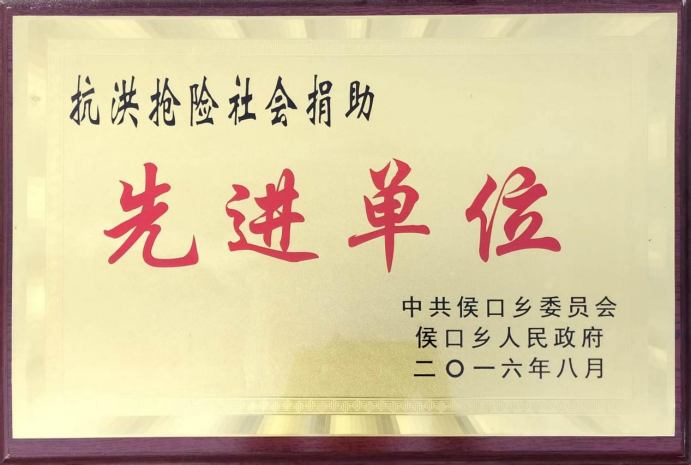Guide to Changing a High Pressure Power Steering Hose for Your Vehicle
How to Replace a High Pressure Power Steering Hose
Power steering is essential for driving comfort and control, and a critical component of this system is the high-pressure power steering hose. Over time, this hose can wear down due to high pressure, temperature fluctuations, and general age, leading to leaks that can compromise the performance of your steering system. Replacing a high-pressure power steering hose may seem daunting, but with the right tools and some guidance, you can successfully complete this task. Here’s a comprehensive guide on how to tackle the job.
Tools and Materials Needed
Before you start, gather the following tools and materials
- New high-pressure power steering hose - Socket set - Wrench set - Screwdrivers (flathead and Phillips) - Pliers - Brake cleaner or a suitable solvent - Rags or shop towels - Safety glasses and gloves - Drain pan - Funnel - Power steering fluid
Step 1 Safety First
Always prioritize your safety when working on vehicles. Start by parking your car on a flat surface and engaging the parking brake. If needed, use wheel chocks for additional safety. Make sure your engine is turned off and has cooled down to prevent burns. It’s also wise to wear safety glasses and gloves to protect yourself from any harmful fluids.
Step 2 Locate the High-Pressure Power Steering Hose
Open the hood and locate the power steering reservoir. The high-pressure power steering hose is typically connected to the steering gear and the pump. Trace the hose from the pump to the steering gear to identify the correct part that needs replacing.
Step 3 Drain the Power Steering Fluid
Before removing the hose, you will need to drain the power steering fluid to prevent any spills. Place a drain pan under the power steering reservoir and carefully disconnect the hose at the reservoir. Allow the fluid to drain completely while you prepare to replace the hose.
Step 4 Remove the Old Hose
how to replace a high pressure power steering hose

Using the appropriate socket or wrench, carefully loosen and remove the nuts or bolts securing the high-pressure hose at both ends (the pump and the steering gear). Keep track of any washers or fittings, as you will need them for the new hose. If the hose is stuck, gently wiggle it while pulling to avoid damaging any surrounding components.
Step 5 Install the New Hose
Take your new high-pressure power steering hose and ensure it matches the old one in length and fitting types. First, connect one end of the hose to the power steering pump. Tighten the connections securely but be careful not to overtighten, as this could damage the fittings. Next, route the hose to the steering gear, ensuring there are no sharp bends that could cause stress on the hose. Secure the other end at the steering gear in the same manner.
Step 6 Refill the Power Steering Fluid
Once the new hose is in place, refit the hose at the power steering reservoir. Using a funnel, refill the reservoir with new power steering fluid, following the manufacturer's specifications for the type of fluid required. Be sure to check for any leaks at the connections before proceeding.
Step 7 Bleed the Power Steering System
After installing the new hose and filling the reservoir, it’s time to bleed the power steering system to remove any air trapped in the lines. Start the engine and turn the steering wheel from lock to lock several times. This action will help purge air from the system. Check the fluid level again and refill if necessary.
Step 8 Test Drive
Finally, take your vehicle for a short test drive in a safe area to ensure the steering feels responsive and there are no leaks or strange noises. If everything checks out, you’ve successfully replaced your high-pressure power steering hose!
Conclusion
Replacing a high-pressure power steering hose requires a bit of mechanical skill, but with the right tools and steps, it is a manageable task for most DIY enthusiasts. Regular maintenance of your power steering system can prevent issues and prolong the life of your vehicle's steering components, ensuring safe and comfortable driving. Always refer to your vehicle's service manual for specific details related to your make and model, and when in doubt, consult a professional mechanic.
-
Ultimate Spiral Protection for Hoses & CablesNewsJun.26,2025
-
The Ultimate Quick-Connect Solutions for Every NeedNewsJun.26,2025
-
SAE J1401 Brake Hose: Reliable Choice for Safe BrakingNewsJun.26,2025
-
Reliable J2064 A/C Hoses for Real-World Cooling NeedsNewsJun.26,2025
-
Heavy-Duty Sewer Jetting Hoses Built to LastNewsJun.26,2025
-
Fix Power Steering Tube Leaks Fast – Durable & Affordable SolutionNewsJun.26,2025

